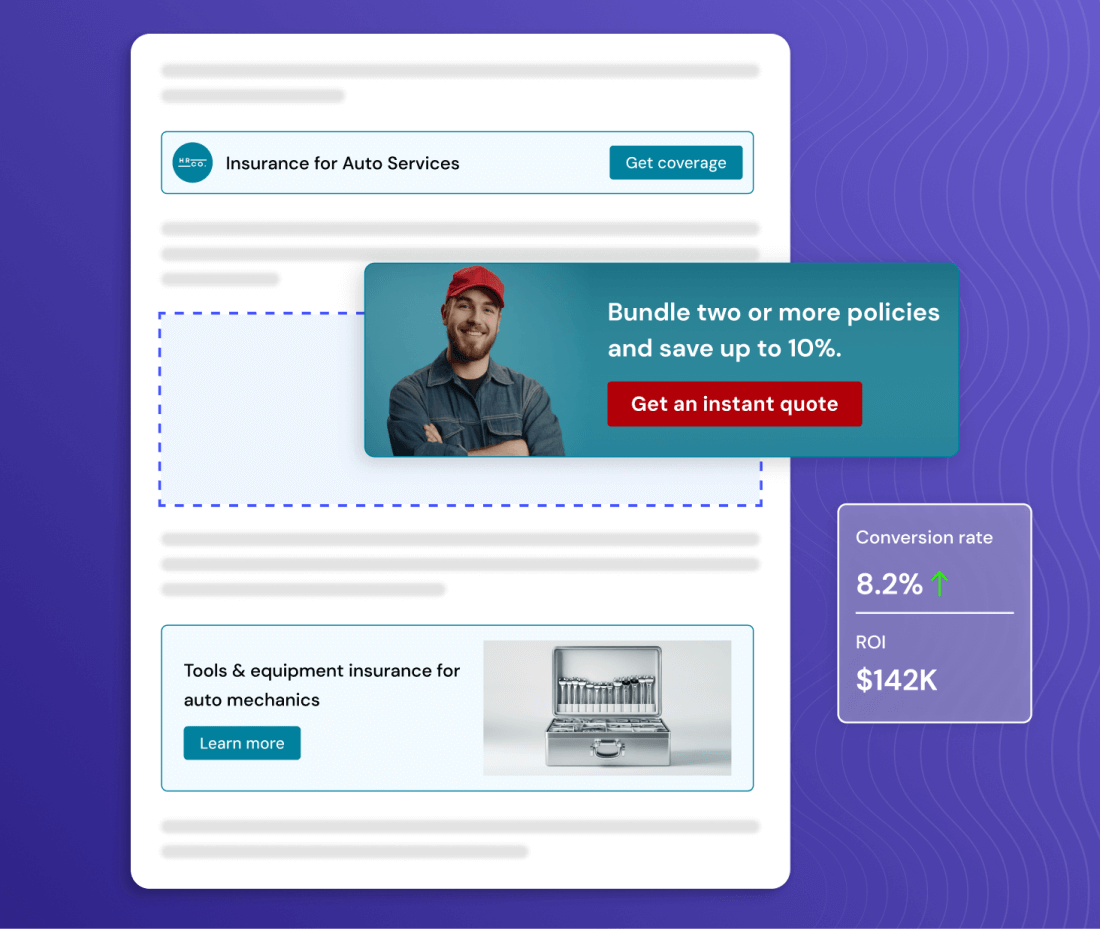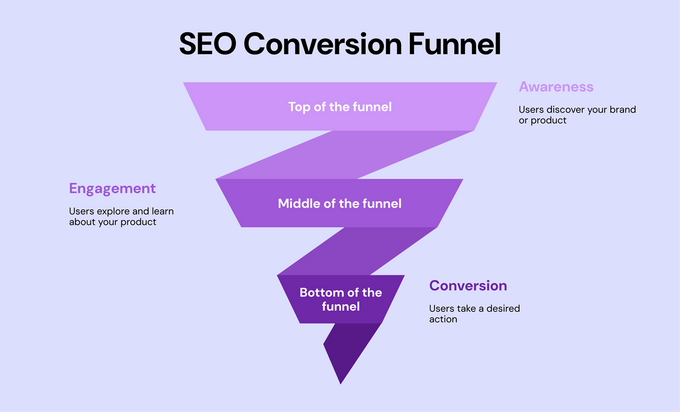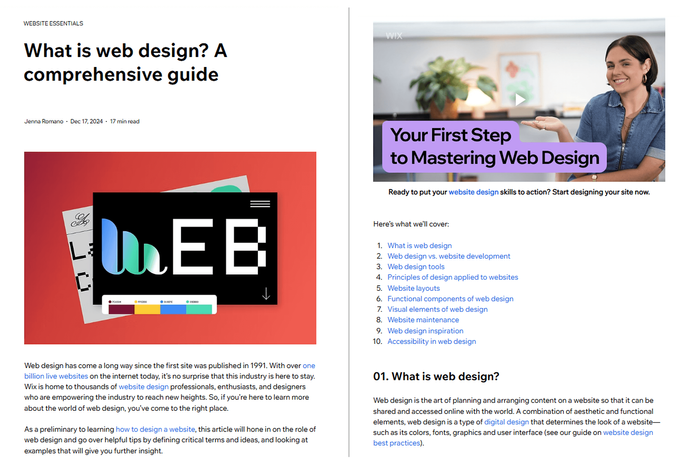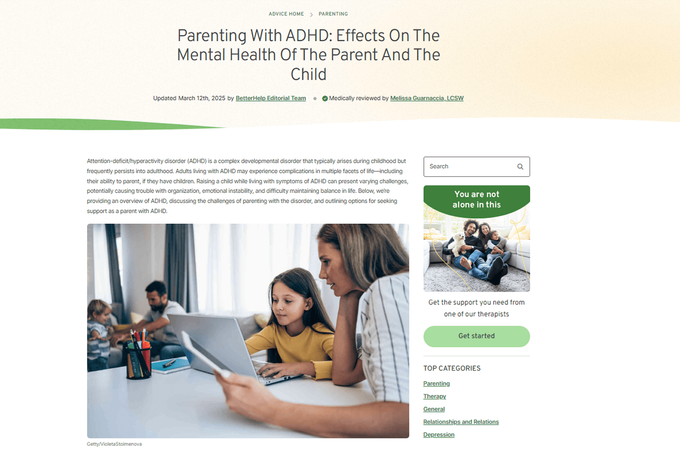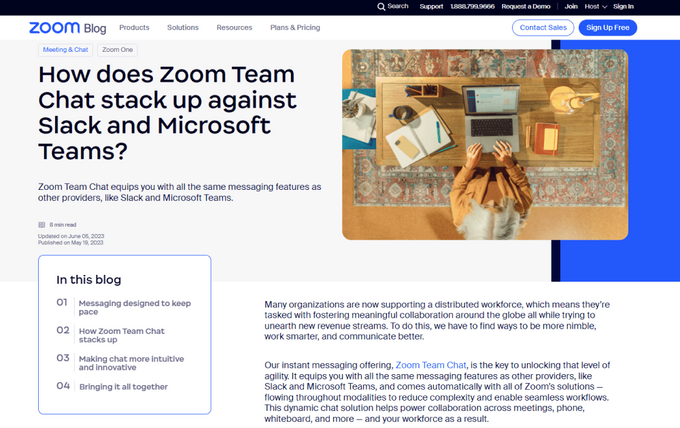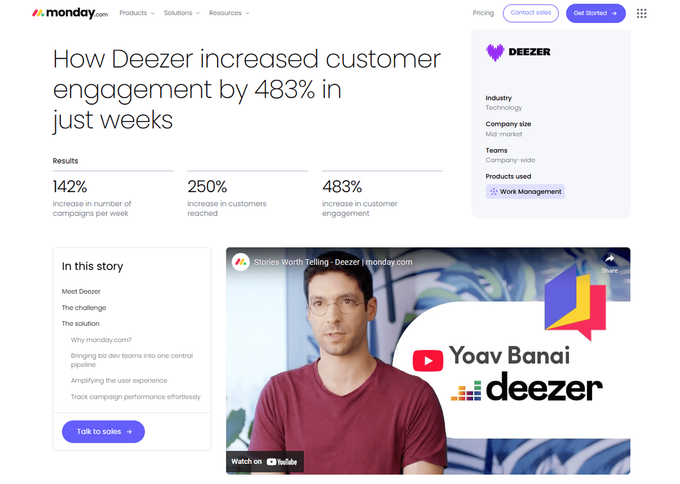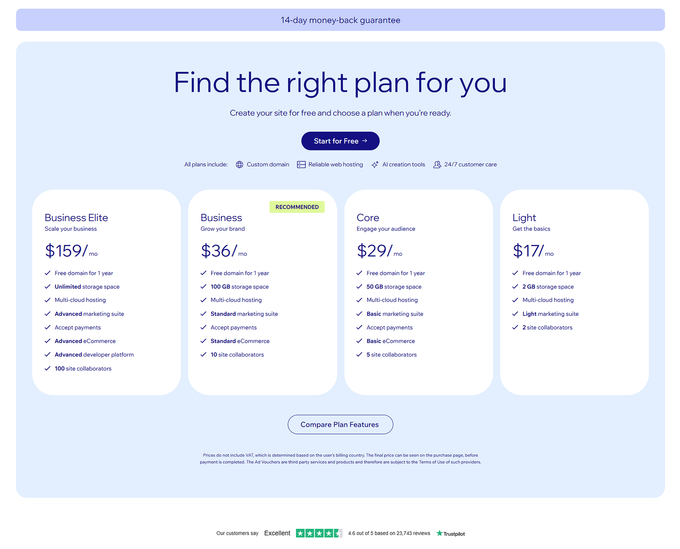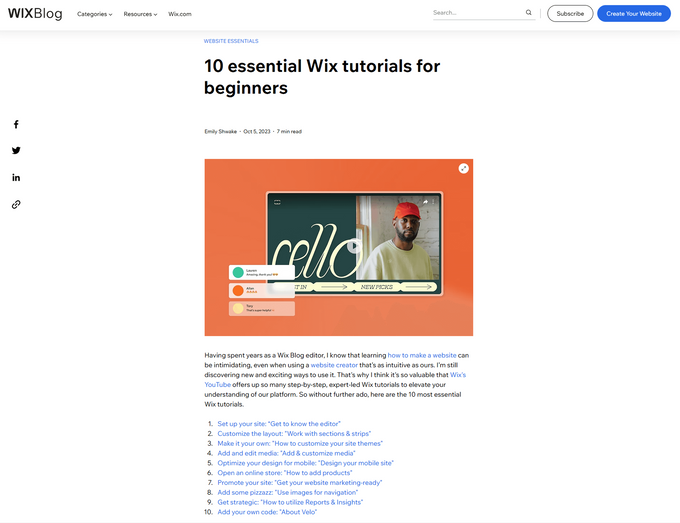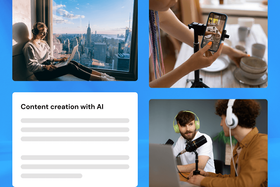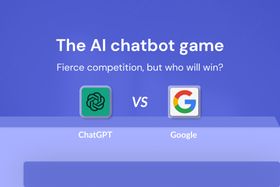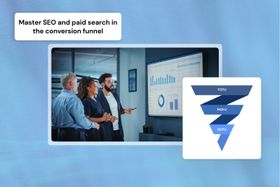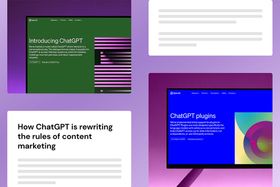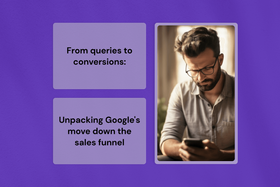SEO conversion funnel: How to drive users toward conversion
Guide users through their entire journey, from awareness to conversion, by optimizing each stage of the SEO conversion funnel.
Updated May 12, 2025
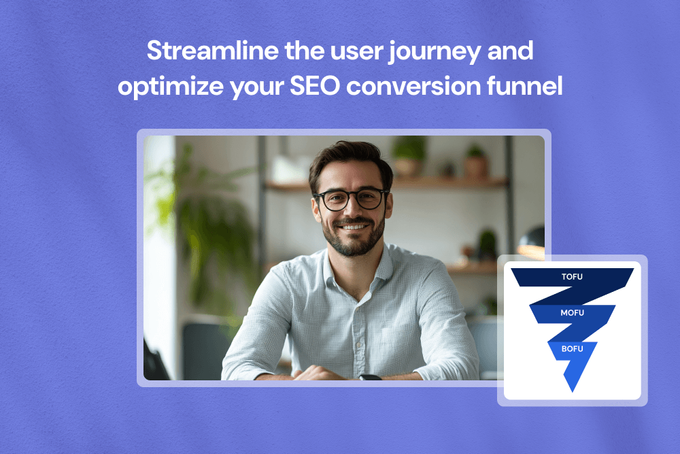
A streamlined SEO conversion funnel is the key to turning your website visitors into customers. By optimizing each stage, you can identify and address any friction points and guide users through their journey more effectively. So, in this article, we'll break down practical strategies to optimize every stage of the funnel and provide actionable tips and examples that can help boost conversions and maximize SEO ROI.
Key takeaways
- The SEO conversion funnel maps a customer's entire journey on your website from awareness to purchase.
- Your SEO content must align with user intent and the current stage of their journey.
- You need to optimize every stage of the SEO conversion funnel to lead users through their journey toward conversion.
- Each funnel stage requires a specific approach to successfully engage users and move them to the next.
What is the SEO conversion funnel?
The SEO conversion funnel is a framework that aligns your SEO efforts with users' journeys on your website to guide potential customers toward conversion.
It can be divided into three main stages:
- Top of the funnel (TOFU): This is the awareness stage where potential customers discover your brand, product, or service. Your goal is to draw them in by sharing industry-relevant information that addresses their pain points and aligns with their interests.
- Middle of the funnel (MOFU): This is the consideration stage in which potential customers start engaging with your brand. At this stage, customers are exploring their interest in your offering. Your objective is to keep them engaged and guide them to the final funnel stage.
- Bottom of the funnel (BOFU): This stage marks the point of SEO conversion, where a customer takes a desired action, such as making a purchase. The goal here is to provide a smooth purchasing experience and resolve any doubts or queries about your product or service.
READ MORE: The 5 stages of the marketing funnel explained
Each stage requires unique conversion strategies that guide potential customers toward making a purchase. Understanding customers' specific needs, motivations, and behaviors at each stage is crucial to effectively cater to them. So, let's take a more detailed look at each stage.
» Explore advanced conversion funnel optimization strategies to boost sales.
TOFU: Creating brand awareness
At the top of the funnel, most users are in the information-gathering phase, much like window shopping, and probably won't convert immediately. As marketers, our goal is to guide them through their user journey by providing the information they need and encouraging them to move further down the funnel.
At this stage, customers are typically trying to learn something new or find solutions to their problems. Focus on targeting informational keywords and creating top-of-the-funnel content that subtly highlights the problem your product solves. You can see how Wix does this by creating an informational article that targets the keyword "what is web design" in the example below.
» Learn how to build an SEO marketing funnel.
How to optimize the top of the SEO conversion funnel
The best way to make customers aware of a product depends on several factors. The goal is to connect with customers who are just starting to look for your product or service.
A common pitfall at the top of the funnel is bombarding potential customers with sales pitches or overly promotional content. Focus on establishing credibility and trust and building authority in your industry first.
The aim should be to address the problem and the broader context: use broad strokes that are highly relevant to your product or value proposition. Speaking to the problem with relevant content without being too salesy—like this example from BetterHelp—is a crucial strategy at the top of the SEO conversion funnel.
» Get a full-funnel content strategy created with conversion in mind.
MOFU: Engaging interested customers
Customers' interaction with your brand increases as they continue down to the middle of the SEO conversion funnel. Here, customers have moved beyond just being aware of your brand or product and are in the consideration phase. They know they need a solution but haven't decided where to get it yet.
For businesses, the primary goal at this stage is to guide these users to the bottom of the funnel. Targeting MOFU users is slightly easier, as their focus is already somewhat narrowed, and they typically convert at a higher rate than those at the top of the funnel.
At this stage, you can address more specific issues and position your product as a solution. Customers in the MOFU stage are likely to engage with multiple brands and conduct research. They'll consider your brand in this comparative process, so the content you create should highlight your strengths.
You can create comparison articles—like the example from Wix below—that explain how your product stacks up to your competitors to help users make their own decisions.
» Want to optimize more than just SEO? Learn about the conversion funnel and how to optimize it.
How to optimize the middle of the SEO conversion funnel
Emphasizing your value proposition is key to creating the best MOFU marketing strategies. As customers engage with your brand and consider a purchase, you need to highlight what sets you apart. Clear language, visual elements, and relevant CTAs are all valuable strategies at this stage, as this Zoom example shows.
As mentioned earlier, users are likely interacting with multiple brands. So, your top priority should be standing out and providing clear, valuable information.
Customer testimonials, reviews, and success stories can also help build trust and nudge potential customers toward the bottom of the funnel. Strategically placed around the middle of the funnel, this type of content reassures customers that others have had a positive experience with your product or service. Brands like monday.com are the perfect example of how to do this well.
» Discover the best tool for building SEO funnels that convert.
BOFU: Making the sale
At the bottom of the funnel, users are ready to make a purchase. They've researched their options and are now looking for reassurance, proof, or final details before converting. At this stage, the goal is to remove friction, reinforce trust, and address objections.
Your SEO content should target high-intent keywords and decision-driving pages like product, feature, and pricing pages. Optimizing for clarity, credibility, and conversion-focused CTAs ensures users have everything they need to take the final step.
Your content at this stage should be precise and highlight your main value proposition without exaggerated claims or unnecessary distractions, like this example from Wix.
» Discover actionable strategies to convert blog traffic.
How to optimize the bottom of the SEO conversion funnel
Simplicity is the key strategy when optimizing this stage of the SEO conversion funnel. Everything should be very conversion-focused and streamlined. The fewer clicks a user has to make to complete the purchase, the better.
Solid pricing pages that clearly lay out every plan, feature, and add-on are very important at this stage, as they enable customers to understand exactly what they're buying. There needs to be clear pricing information and easily accessible "Buy Now," "Book a Demo," or "Add to Cart" buttons. Check out how Wix does it in the example below.
Re-engagement: Maintaining success after conversion
As the user journey continues post-purchase, you essentially kickstart a new sales process with them, re-selling or introducing new products. Given that these customers have already purchased from you, they're typically more likely to do so again. That's why content targeting existing customers often yields better results than those aimed at acquiring new ones.
Once a customer makes a purchase, the focus shifts to three primary aspects of their journey with your business:
- Client satisfaction: Gauge client satisfaction through surveys, which you can send via emails, texts, or direct calls. Understanding client satisfaction will help you refine your service or products to better meet customer needs.
- Retention rate: Calculate the retention rate by examining the number of repeat purchases or tracking the repeat revenue generated. A higher retention rate often indicates successful customer retention and loyalty.
- Customer lifetime value (LTV): This measures the total predicted revenue from a customer throughout their relationship with your business. By knowing the LTV, you can project each customer's potential worth.
Maintaining customer relationships and enhancing their LTV are central in this post-conversion phase. This involves re-engaging customers using SEO content like product updates, tutorials, and guides—much like this example from Wix—and other post-purchase content marketing strategies, such as email marketing.
Master every stage of the SEO conversion funnel
Optimizing the SEO conversion funnel ensures users find the right content at the right time. By aligning your SEO efforts with each stage, you can attract, engage, and convert users more effectively. While you can't measure the impact of every action, a well-structured funnel improves visibility, builds trust, and increases your SEO conversion rate.
» Book a consultation to start building your SEO conversion funnel.
